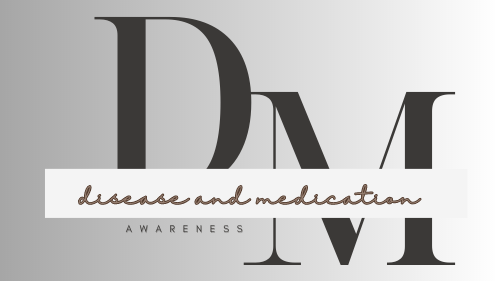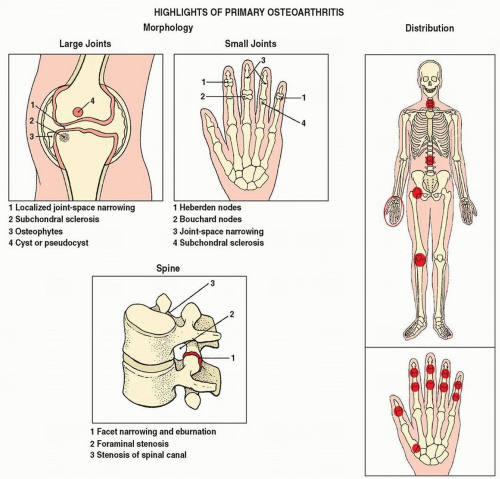Degenerative Joint Disease (DJD) is better referred to as osteoarthritis and it is one of the most widespread chronic conditions that numerous individuals across the world have to address. It causes the progressive degeneration of joint cartilage and the development of pain and stiffness with limitation of movement. Accurate identification and documentation of DJD is important in the healthcare and medical coding arena, it is vital in the treatment, reimbursement and even monitoring it as a statistic.
This blog will discuss the Degenerative joint disease icd 10 and how it uses the classification system to confirm the severity and its necessity in clinical as well as administrative aspects.
What is Degenerative Joint Disease?
Degenerative joint disease icd 10 is a pathology with chronic course, which consists in progressive degradation of articular cartilage in combination with alterations in the subchondral bone and the development of bone prominence (osteophytes).
- Knees
- Hips
- Hands
- Spine
- Shoulders
Symptoms include:
- Pain on moving joints or after moving them
- Stiffness during the ability to move joints, particularly in the morning
- Flexibility loss
- A Hissing, grating feelings or cracking noises
- Edema of affected regions
ICD-10 Introduction
ICD-10 ( International Classification of Diseases, 10th revision ) is an internationally standardized system which helps to classify and code all the diagnosis, symptoms and procedures. This system has been developed by World Health Organization (WHO). Its application in healthcare settings is widespread to:
- Medical documentation
- Insurance billing
- Epidemiological research
- Quality monitoring
Degenerative joint disease ICD-10 code
The ICD-10 Codes that are mostly commonly used in the classification of Degenerative Joint Disease are M15-M19, a classification that falls under Osteoarthritis.
Some of the most frequently applied ICD-10 codes of DJD according to the affected joints are as follows:
General Codes
M15.0 Primary generalized osteoarthritis
It is used to describe the case in which several joints are involved without an underlying illness (Used when several joints are involved, but the cause is not an illness).
M15.9- unspecified Polyosteoarthritis
Site-Specific Codes
Knee:
- M17.0 – Primary osteoarthritis of knee bilateral
- M17.10- unilateral primary osteoarthritis unspecified knee
- M17.11- Right knee unilateral primary osteoarthritis
- M17.12- Unilateral primary osteoarthritis of the left knee
Hip:
- M16.0 – primary bilateral hip osteoarthritis
- M16.10- One-sided, primary osteoarthritis, unspecified of the hip
- M16.11- Unilateral primary osteoarthritis, right hip
- M16.12- Left primary unilateral osteoarthritis, hip
Shoulder:
- M19.011 – Primary osteo-arthritis right, shoulder
- M19.012 – primary osteoarthritis left shoulder
Hand:
- M18.0 Primary osteoarthritis of first carpometacarpal joint
- M19.041 – Primary osteoarthritis, hand right
- M19.042 Primary osteoarthritis of left hand
Spine:
- M47.812 Spondylosis without myelopathy or radiculopathy, cervical
- M47.816 – Spondylosis without myelopathy or radiculopathy: lumbar region
Degenerative Joint Disease: Coding Guidelines
Record always the part of joint involved. Be it bilateral knees, right hip, or left shoulder, there needs to be a proper documentation that helps in the selection of the proper ICD-10 code.
State Type of Osteoarthritis
- ICD-10 discriminates between:
- Primary OA (of unknown origin)
- Secondary OA (associated with trauma, infection or other illness)
Example:
- M17.5 Other secondary osteoarthritis of knee (Unilateral)
- M17.9 Osteoarthritis of knee unspecified
Choose Combination Codes Wherever Possible
When there are different areas of DJD include site-specific codes as far as possible or use the generalized osteoarthritis codes (M15.0) where possible.
The Importance of Accurate ICD10 Coding
Nsurance Reimbursement
Best ICD-10 codes imply that bills will be filed correctly and in a timely manner.
Clinical Management
Particular codes can assist a healthcare provider to monitor the progress of disease, inform the treatments of a disease, and organize care.
Survey of Data and Research
Proper coding aids in carrying out the studies in the field of public health, discovering the trends and patterns in degenerative diseases, and directing the further intervention and resource distribution.
DJD vs. Other Joint Disorders: Do not mix the Codes
- Rheumatoid arthritis (M05M06) Immunological and systemic
- Gout (M10) – a disease of the deposition of crystals
- Psoriatic arthritis (L40.5) – Connected to psoriasis
- These pathologies have different ICD-10 classification and different approaches to treatment.
Available Therapy in Degenerative Joint Disease
Although ICD-10 codes would be used in documentation, it is also necessary to know the clinical part of DJD. Treatments are:
Non-Pharmacologic Treatments
- Physical therapy
- Weight loss
- Speech aids (tapes, recordings)
- Low-impact exercise
Pharmacologic Treatments
- Non-steroidal anti-inflammatory medicines (e.g. ibuprofen)
- Corticosteroid injections
- Hyaluronic acid Injections
Surgical Interventions
- Joint replacement (e.g. total knee or hip arthroplasty)
- Arthroscopy
Conclusion
Degenerative joint disease icd 10 code is a very wide spread, frequently debilitating ailment and it is necessary to pay careful attention to it and to document it with care. The recently-updated codes in the ICD-10 code set (M15.0 to M17.11) are essential to precise, accurate diagnosis, billing and patient care to determine the type of DJD caused and how to treat it.
Being a medical professional or a healthcare coder, or merely a person who is interested in having a clear idea about a DJD diagnosis, it is important to learn how one can appropriately classify this condition, as new knowledge on this topic is the key to both effective treatment and efficiency in medical services.

